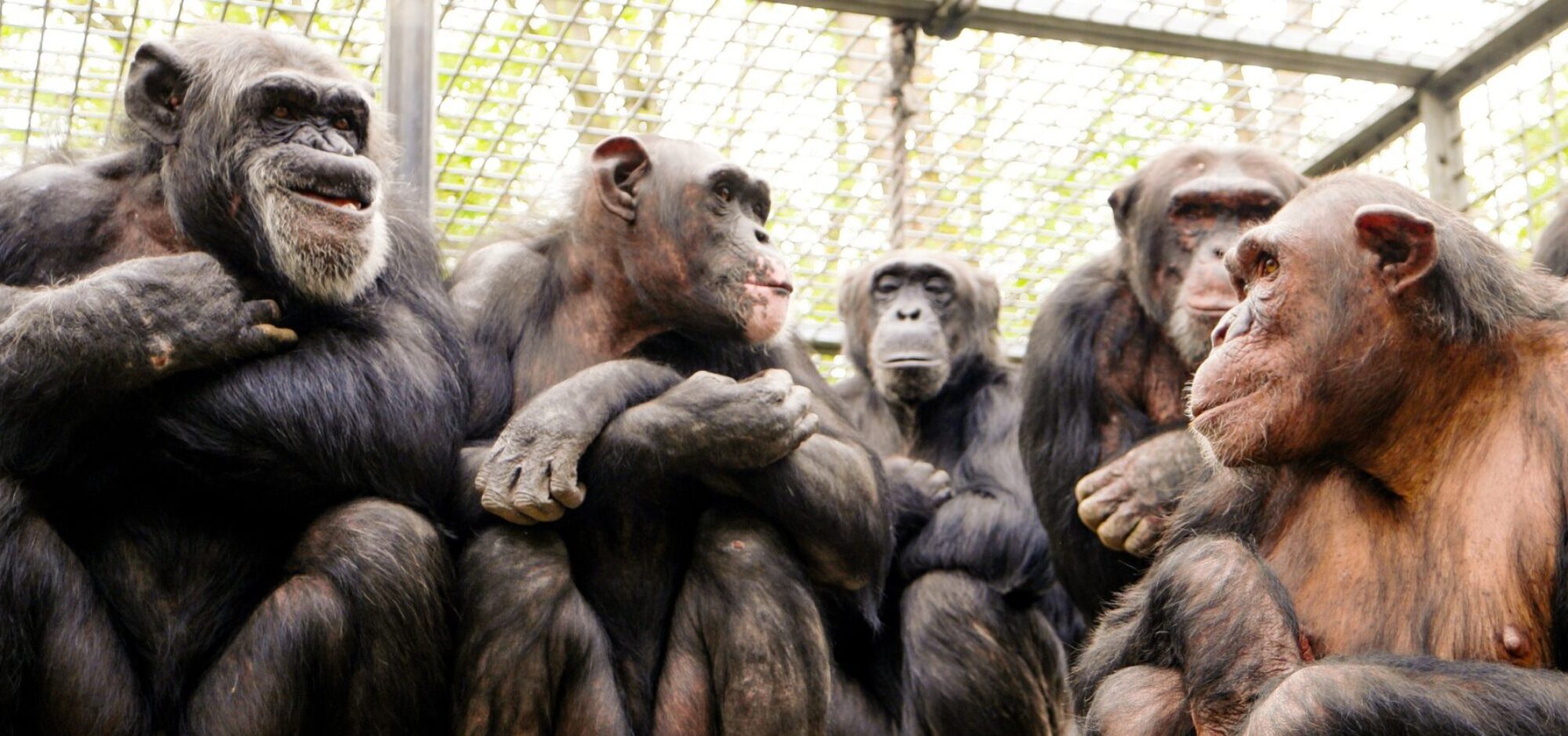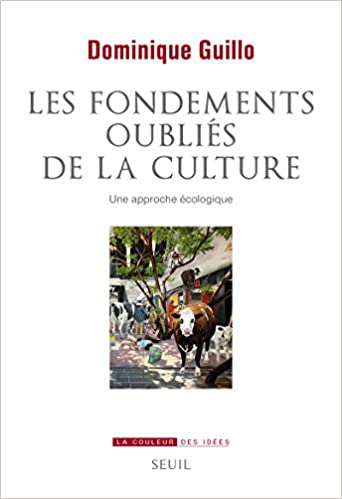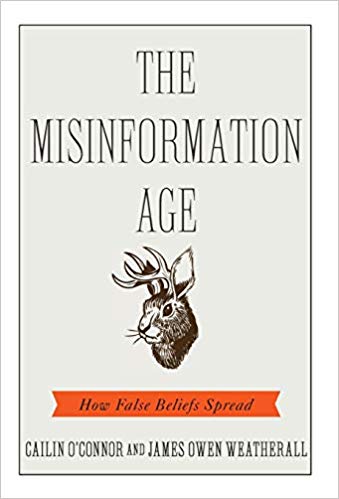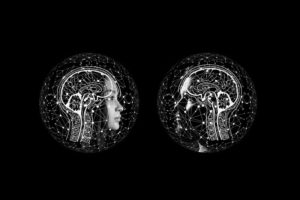“Ernst Haeckel’s ‘Kant Problem’: metaphysics, science, and art
Stefan Forrester
Biology & Philosophy volume 35, Article number: 27 (2020)
Published: 05 March 2020
https://link.springer.com/article/10.1007%2Fs10539-020-09744-4
Abstract
Ernst Haeckel (1834–1919) has become famous, and perhaps infamous, for many reasons. Presently, he is probably most widely-known for his paintings of plants and animals in his very popular book, Art Forms in Nature, originally collected and published in 1904. However, in addition to Haeckel’s art, he is also well-known for his advocacy of Darwinism and Social Darwinism, for first coining the term ‘ecology,’ for having his work utilized by Nazi pseudo-scientists (Dombrowksi in Tech Commun Q 12:303–319, 2003), and for famously (perhaps fraudulently) producing drawings of animal and human embryos so as to confirm his biogenetic law (Gould in Nat Hist 109:44–45, 2000). Something Haeckel is not as well-known for today is the fact that he seemed to be both a strenuous critic of the metaphysical and moral philosophies of Immanuel Kant and yet also something of an adherent to Kant’s aesthetic views. In terms of metaphysics and morality, Haeckel sought to exorcise Kant’s ideas as much as possible from twentieth century views on science, humanity, and nature; however, in terms of aesthetic theory, Haeckel seemed to embrace a distinctly Kantian approach to art and artworks. This essay proposes to: (1) carefully examine Haeckel’s refutations of some of Kant’s central metaphysical concepts, (2) explore some of the, arguably Kantian, assumptions underlying Haeckel’s approach to aesthetics and his artistic practice, and (3) combine these two lines of inquiry into a portrait of Haeckel’s mind as one that is conflicted about the role Kantian philosophy, and more specifically Kantian noumena, should play in twentieth century science and art. This unresolved tension in Haeckel’s mind regarding Kant’s noumenal realm is what I propose to call his ‘Kant Problem’.
(…)
Haeckel’s refutations of Kantian metaphysics and morality
Ernst Haeckel had a complex relationship with the philosophy of Immanuel Kant. While Haeckel respected Kant’s thinking and his position as a highly important figure in the history of ideas, he also wanted very much to dispute several of Kant’s central philosophical claims. Haeckel wanted to do away with much of Kant’s epistemology and metaphysics, and most of his ethical theory as well. It is clear that Haeckel studied Kant during his beginning years as a professor at Jena in the early 1860s. Robert Richards in his book The Tragic Sense of Life: Ernst Haeckel and the Struggle Over Evolutionary Thought cites reliable evidence that Haeckel read Kant’s works with Kuno Fischer (1824–1907), the then rector of the University at Jena, and that Haeckel was also reading the works of Alexander von Humboldt (1769–1859), a renowned Kant and Schelling scholar who worked to suffuse the sciences with philosophical ideals, much like Haeckel himself would do later in his career (2008). The important difference being that Humboldt sought to conjoin modern science with Kantian-style metaphysical concepts, whereas Haeckel thought that Kant’s views were incompatible with the progress of scientific knowledge and with a scientific worldview.
In his own philosophical works some 35 years later, such as The Wonders of Life: A Popular Study in Philosophical Biology (1905), and The Riddle of the Universe at the Close of the Nineteenth Century (1901), Haeckel advocated vehemently for a kind of philosophical monism. A monism which set nature, i.e., scientifically-analyzable nature, as the one and only component of existence that encompasses and expresses all the properties of the universe, both physical and mental. Haeckel says clearly in Riddle of the Universe, “We adhere firmly to the pure, unequivocal monism of Spinoza: Matter, or infinitely extended substance, and spirit (or energy), or sensitive and thinking substance, are the two fundamental attributes or principal properties of the all-embracing divine essence of the world, the universal substance” (pp. 33–34).Footnote3 The main idea of monism is generally that there is only one substance that has properties: nature. Moreover, for philosophers like Spinoza, this substance is also identical to God, they are one in the same thing, the substance in which all the properties of the universe inhere. Haeckel, interestingly, also refers to his version of monism as a thoroughgoing ‘practical materialism.’Footnote4 The most controversial consequence of this view is that it eradicates the metaphysical possibility for the supernatural. If we are to conceive of God, souls, angels, the afterlife, etc., as essentially a different kind of substance than nature, then they are all rendered philosophically impossible by Haeckel’s monism; partly because God et al. are defined as being non-natural, which means that by definition they cannot exist apart from nature, and also because non-natural entities are not subject to scientific analysis. On the other hand, the philosophical benefits of monism, Haeckel believed, were many. First, scientific monism finally rids the world of all forms of superstition and supernatural religious beliefs. Haeckel thought that this result would be a great boon to humanity, he says quite bluntly in The Wonders of Life, “For my part, I hold that superstition [here he is discussing the belief in miracles] and unreason are the worst enemies of the human race, while science and reason are its greatest friends” (p. 56). Second, Haeckel saw monism as laying the philosophical groundwork for a fully scientized understanding of both the external world we explore with our senses and the internal world we explore with our minds, both of which are, simply, nature. Furthermore, Haeckel claims that all of nature is governed by rigid, universal laws, and that only science and the scientific method allow us to discover these laws. Finally, Haeckel contends that non-Monist philosophical systems, like dualism, only serve to confuse and conflate the true nature of reality and lead us to make distinctions, e.g. between the body and the mind, where none actually exist.
(…)
Haeckel’s rejection of Kant’s metaphysical views comes from two directions: (1) Since the knowledge of noumena must be a priori and since there is no way for science, which is based solely on knowledge from sensation, i.e., a posteriori knowledge, to prove the existence of a priori knowledge, we must reject noumena if we are to maintain a scientific worldview. (2) If we were to accept the existence of noumena, that would amount to a kind of dualism about the mind and external reality, which is tantamount to just another form of spiritual superstition; a superstition that is philosophically grounded instead of faith-based, but a superstition nonetheless. Haeckel’s argument for his first thrust against Kant is basically that what Kant understood as reason, or the pure a priori faculty of the mind, is in fact something that physiological studies of the brain in Haeckel’s era has explained in purely scientific terms. Namely, that the vast collection of neurons in the brain are the physical basis for consciousness, and that the uniquely human faculty for understanding what appear to be a priori truths and concepts actually has an a posteriori basis in terms of how the human brain evolved. If we understand the a posteriori history of the human brain’s development, Haeckel argues, we will then be able to dispense with the idea that our perceived faculty for a priori truths (i.e., reason) is anything more than a scientifically measurable, a posteriori, phenomenon:
Kant regarded this highest faculty of the human mind as innate, and made no inquiry into its development, its physiological mechanism, and its anatomic organ, the brain….it was impossible to have at that time a correct idea of its physiological function. What seems to us to-day to be an innate capacity, or an a priori quality, of our phronema, is really a phylogenetic result of a long series of brain-adaptations, formed by a posteriori sense-perceptions and experiences (1905, p. 69).
Haeckel argues for the second prong of his attack by stating simply that any appeal to a reality beyond what can be perceived by the senses amounts to superstition regardless of whether it comes from a religion or a powerful philosophical thinker like Kant, “The sense world (mundus sensibilis) lies open to our senses and our intellect, and is empirically knowable within certain limits. But behind it [according to Kant] there is the spiritual world (mundus intelligibilis) of which we know, and can know, nothing; its existence (as the thing in itself) is, however, assured by our emotional needs. In this transcendental world dwells the power of mysticism” (1905, p. 68). In this quote I think we see Haeckel distilling down his frustrations with Kant’s metaphysics quite sharply. Haeckel implies here that Kant’s arguments for the noumenal realm amount to some sort of emotional appeal, or the idea that it is only as a result of our psychological need for a deeper level of reality beyond the phenomenal, that we are tempted to believe in a ‘mystical’ transcendental world at all. Nevertheless, since this emotional need is very strong, it manifests itself as very powerful religious, spiritual, and mystical beliefs and practices, all of which I think Haeckel would classify as forms of superstition. Kant’s views leave the door open for a spiritual realm that is distinct from the phenomenal world that comes to us through the senses and is thereby impenetrable to the methods and modalities of science. Accepting this “mundus intelligibilis” as an integral part of reality is, I think for Haeckel, a basic philosophical mistake that is tantamount to embracing superstition.
Moving now to Haeckel’s criticisms of Kant’s moral theory, those objections emerge directly from his criticisms of Kant’s metaphysics. Haeckel argues that once Kant left open the door to the “mundus intelligibilis” in his metaphysical theory, it was easier for him to import some traditional ethical assumptions through that door to function as the basis for his moral views, namely the notions of God, free will, and the immortality of the soul, i.e., Kant’s three archetypal ideas of reason. Thus the foundations of Kant’s moral theory, says Haeckel, rest on that same fundamental mistake of affirming the existence of the noumenal realm in addition to the phenomenal realm (the realm of science). Haeckel bemoaned the fact that most other philosophers and theologians in his day were still in Kant’s camp when it came to morals, stating, “They affirm, with Kant, that the moral world is quite independent of the physical, and is subject to very different laws; hence a man’s conscience, as the basis for his moral life, must also be quite independent of our scientific knowledge of the world, and must be based rather on his religious faith” (1901, p. 348). In this passage we begin to see a kind of crystallization of Haeckel’s fears about Kant’s decision to accept the noumena as real. As a result of these fears Haeckel’s purely philosophical objections to the phenomena-noumena distinction were not altogether well-formed. He objected to the noumena mostly on the grounds that they conflicted with his preferred worldview of monism. Haeckel did not necessarily attack the noumena on logical grounds as being self-contradictory or incoherent, thus he could not advocate for their elimination from metaphysics based only on reasoning. But now we see Haeckel showing us the damaging results of allowing the noumenal level of reality into the world. Basically, all of what Haeckel saw as the destructive impact of religion and religious belief was facilitated by the noumena. The most important areas of human experience: knowledge, morality, truth, and reality all become different sorts of divine mysteries because of the noumena. Moreover, the scientific study of nature (the phenomena) becomes inherently secondary and limited compared to the conceptual understanding of the noumena. In other words, with the noumena allowed into our worldview, science can play no role in some important areas of human experience, like morality. Instead, science must remain silent, and clearly, Haeckel wishes to argue that this result is detrimental to humanity.
Lastly, while still addressing Kantian morality, Haeckel repeats his strategy of attacking Kant’s views both philosophically and scientifically. In The Wonders of Life Haeckel claims that modern science has understood the human brain to such a degree that Kant’s appeal to the unique human faculty of reason no longer holds any weight. By studying the brain, science has rendered what Kant thought was a noumenal entity (reason) into a phenomenal entity (the brain). Therefore, there is no longer any need for noumena. Likewise, in Riddle of the Universe, Haeckel asserts that various modern sciences have either explained or dispelled all of Kant’s noumenal ethical concepts. Haeckel says that modern anthropology has “…dissipated [the] pretty dream…” (1901, p. 349) that all humans have an identical set of ethical faculties because they are based on the universality of reason. The study of other cultures has told us clearly, Haeckel argues, that peoples and cultures differ widely on what constitutes a good ethical person, and what constitutes good ethical judgment. He also claims that “comparative and genetic psychology” has shown that there cannot be a soul and that modern physiology has proven the impossibility of free will (Haeckel 1901, p. 349). Although Haeckel does not fill in much scientific detail about these claims, he clearly sees them as decisive arguments against Kant’s moral theory. The final blow from modern science that Haeckel deals to Kantian morality is that its central tenet, namely Kant’s much vaunted categorical imperative,Footnote5 has been replaced by the biological understanding of human beings as social creatures. Without going into too much detail, Kant thought that the categorical imperative could be proven using a “transcendental deduction of pure reason (see especially Part I, Book I, Chapter I of the Critique of Practical Reason). This deduction, being transcendental and not empirical, involves several noumenal ideas, such as the notion of the “good will”, “autonomy”, and “freedom of the will” to name a few. Hence, when Haeckel says, “[This]…shows that the feeling of [moral] duty does not rest on an illusory ‘categorical imperative,’ but on the solid ground of social instinct, as we find in the case of all social animals” (1901, p. 350), he is casting serious doubt on Kant’s use of noumenal ideas, going so far as to call them “illusory” in this context. So here, just as Haeckel earlier dispensed with Kant’s notion of the noumenal mind with neurology, he dispenses with Kant’s noumenal ethical notions with anthropology.”





